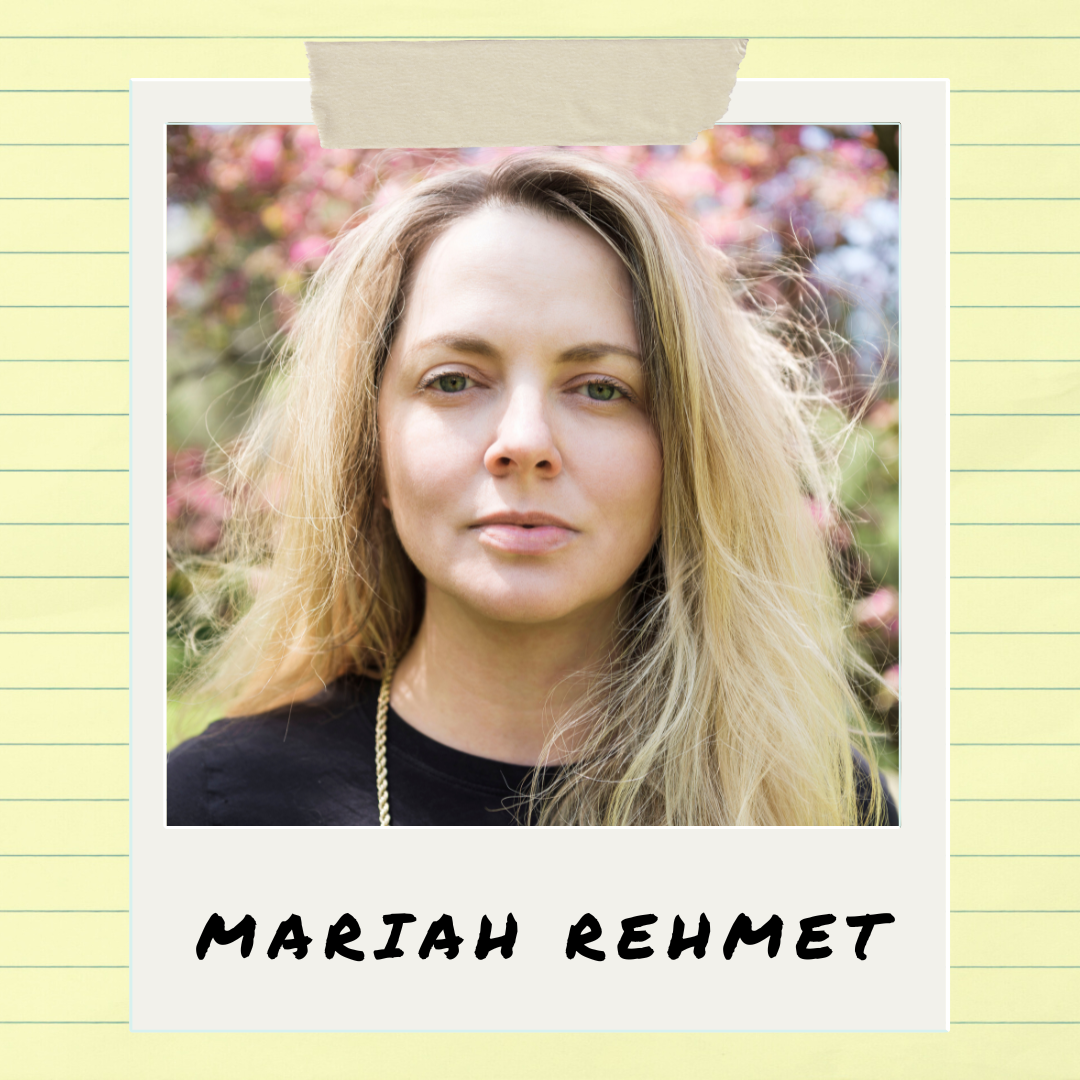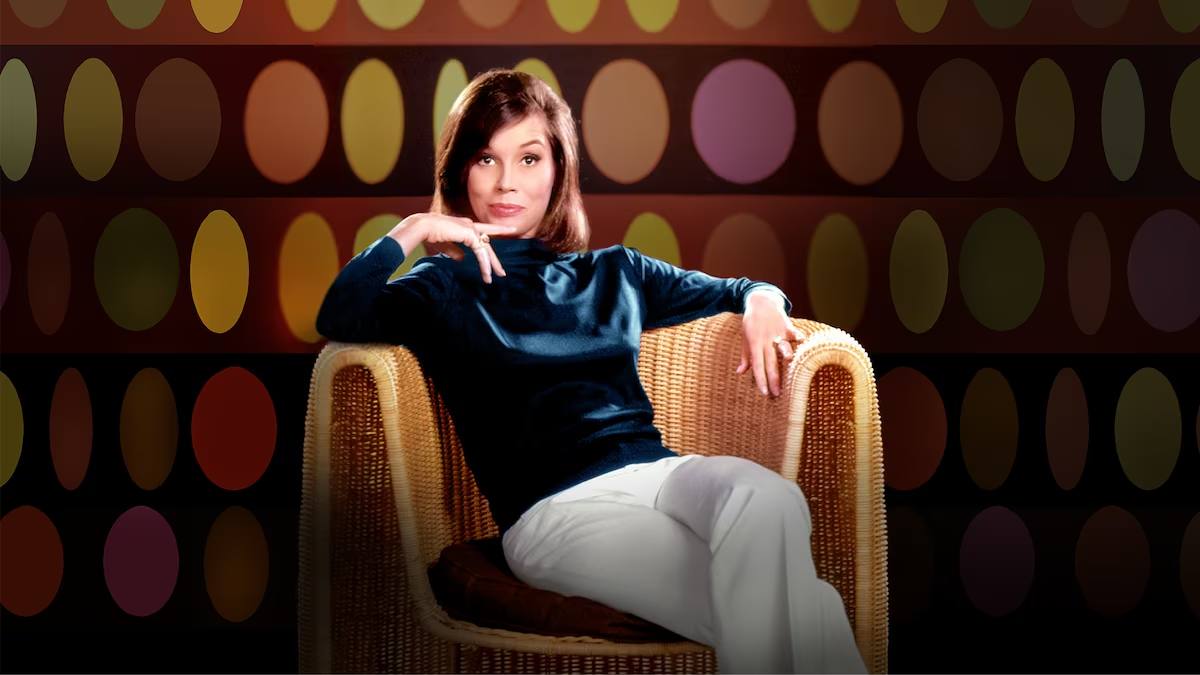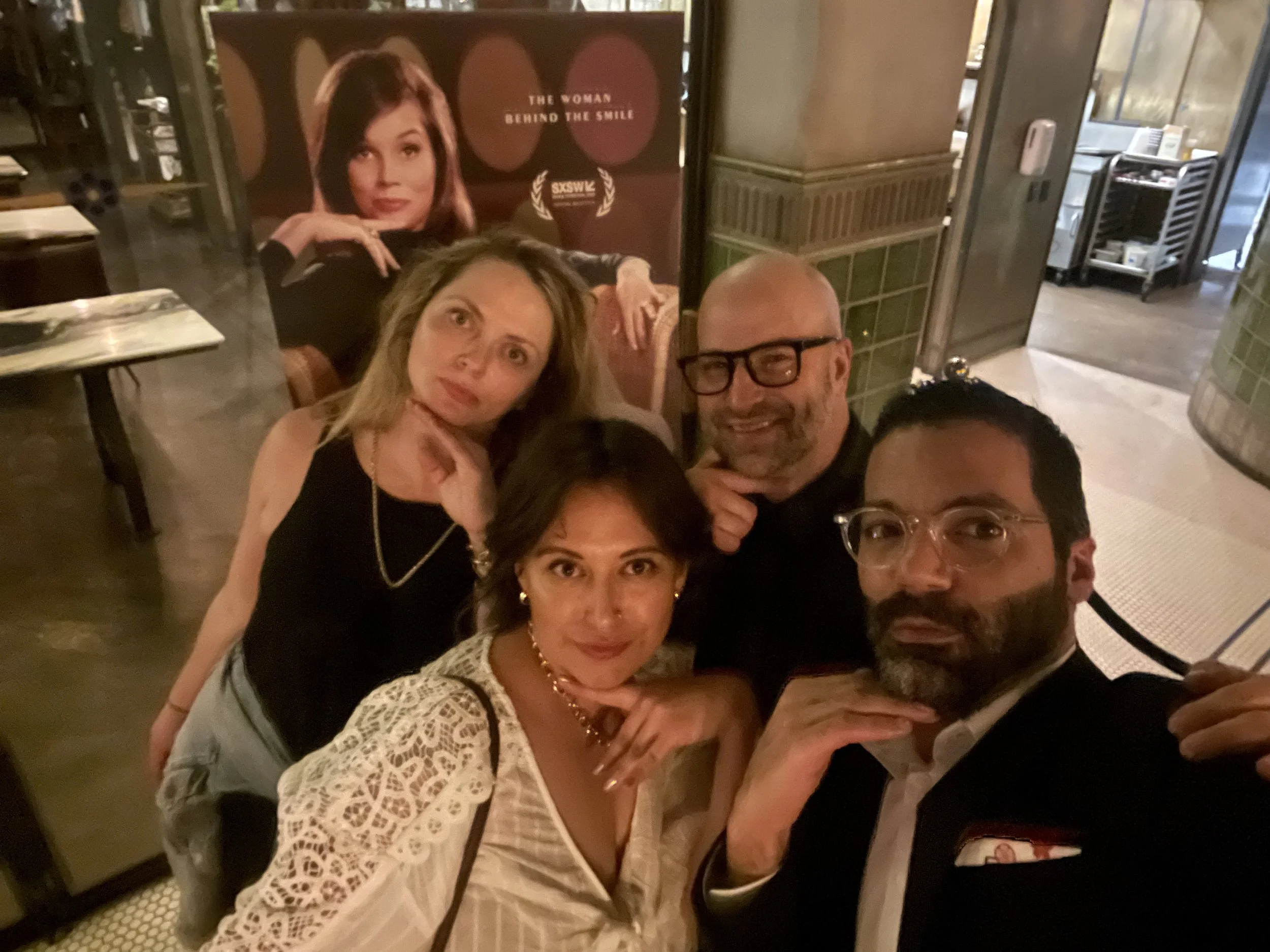Mariah Rehmet on “Being Mary Tyler Moore”.
Welcome to the debut of Editor’s Notebook, a newsletter where we spotlight documentary editors and explore their process. This week, we interviewed Mariah Rehmet, editor of the new HBO documentary, Being Mary Tyler Moore, directed by James Adolphus and produced by Lena Waithe and others.
If you’re an editor with a story to tell about a new project, we invite you to email your thoughts to listen@purenonfiction.net.
Editor:
Being Mary Tyler Moore
Being Mary Tyler Moore (HBO) explores the career of the versatile actress who first played a housewife on The Dick Van Dyke Show, then broke ground on television in the early 1970s in The Mary Tyler Moore Show portraying Mary Richards, a single woman making a career as a news reporter. On screen, Moore was an icon of feminist independence, but that was less true in her real life where she took a more traditional role in two marriages. Only after the end of The Mary Tyler Moore Show did she strike out on her own, separating from her second husband and reinventing her career in the Broadway play Whose Life Is It Anyway? and the Oscar-winning film Ordinary People.
At the age of 45, Moore married a 30-year-old cardiologist Robert Levine, a relationship that lasted for 33 years until the end of her life. Levine opened up their private archives for the documentary. Whether you are a longtime fan of Moore or a newcomer, this look at her life is full of discoveries.
Rehmet got her first break in documentary editing as an assistant to Geeta Gandbhir and Maya Mumma on Which Way to the Front Line from Here? The Life and Time of Tim Hetherington. Rehmet took on the editing of Stretch and Bobbito: Radio That Changed Lives and credits that film’s attorney Karen Shatzkin for giving her an education on Fair Use for archival footage. Rehmet has been an editor on several nonfiction TV series including Dogs and Rapture. She got to know producer Ben Selkow who brought her on for Being Mary Tyler Moore.
Pure Nonfiction host Thom Powers interviewed Rehmet about her process…
When you heard that this project was happening and you were being considered for it, what drew you to the story of Mary Tyler Moore?
Rehmet: This was the first opportunity I had to tell a woman's story of this magnitude. I jumped at the chance. I had been working in TV for a few years so a film was very enticing, something that I had a long enough time to really mold. Mary is a feminist icon and I've seen a few of her shows on Nick at Nite growing up. I got her autobiography After All and was just floored by her wit. She has a very dark sense of humor in some regard that made me feel like I instantly understood her. The book’s prologue is Mary Tyler Moore having a conversation with her television persona Mary Richards. I was very drawn to the question of, how do we take these personas apart throughout the film?
She opens the book when she's about to be 40 and she's having an existential crisis because The Mary Tyler Moore Show has ended. She's won all these Emmys and she is asking: what do I do now? I was impressed with her brutal honesty. She was someone who had so much success and still asked, “What’s next? What am I going to do?”
The book became like the Bible, this foundational element that we needed. It was a window into her psyche that we didn't have otherwise, because so much of her personal life really was a mystery. So the first effort was trying to get to know Mary. And that’s what we did. I was also fortunate to have an associate editor, Allea Ortega, and the only thing she watched growing up was boxsets of The Dick Van Dike Show and The Mary Tyler Moore Show.
Was there a particular section of the film that was especially challenging for you?
Rehmet: Originally, we were thinking about using voice overs from her book, but we didn’t have an audio book of her reading. That was the biggest challenge in the film, knowing that there were these thematic sections that we needed to work through because we understood how important they were to her but didn’t know how to replace them. Ultimately, the team decided we were going to try to cover the interviews and distill it down to the most important things about Mary. There were so many anecdotes that you could create amazing stories out of, but they weren't serving the bigger purpose of capturing the purest form of Mary’s story. At one point I had to strip all of the voiceover and find Mary saying those key narrative points [in archive interviews]. That was a rough three weeks, trying to get the film back up and having Mary's voice come front and center, which it always should have been. But that's part of the marathon of film editing. You have those revelations and you keep having faith that the revelations will come.
Image Credit: HBO
I'm always struck by how often, with films, the last 10% of editing is almost as important as the first 90%.
Rehmet: That's so true. When I read Mary’s book, I was really struck by the moment when she and Robert fell in love. She knew that she was in love with him when he woke up in the middle of the night and made her a tuna fish sandwich. They were new in the relationship, but Mary was diabetic and her blood sugar had to be regulated. In the middle of the night she said, “I'm hungry” and Robert, without hesitation, got up and made a tuna fish sandwich - with apples in it - from scratch. I thought that was the sweetest thing. I became obsessed with the tuna fish sandwich and, throughout the whole process, I thought of how we could represent this in the film.
We knew that there was a bridal shower video [of Mary speaking] because we saw a snippet. We were like, where is that from? Then near the end of the process, we found the full bridal shower video and she tells the story of the tuna fish sandwich! It was one of those little jewels that you pray for as an editor.
Often watching a biographical film, I feel conscious of chapter breaks, but you cover a lot of ground - good and bad - in a way that feels seamless. I wonder if you've given thought to how you were able to do that.
Rehmet: A big part of it was being able to use the Rona Barrett interview [with Mary] as a framework. It captures the idea in Mary’s book of a midlife change. I couldn't believe how candid she was and the questions Rona asked. It was like nothing we'd ever seen from Mary in an interview. There was something different about her at that moment. Viewers come to find out, in that interview, that her son had just died, she had just gone through all these changes, she just did the Broadway play Whose Life is it Anyway? and Ordinary People. You start to understand where her psyche is in that interview, that somehow informs the pacing. And music is important. I always start cutting with music pretty early on. And we had a wonderful composer, Theodosia Roussos, who did a great job scoring the film, serving Mary's emotions.
Being Mary Tyler Moore team: Mariah Rehmet, Allea Ortega,
Ben Selkow and James Adolphus at SXSW premiere.
What do you take away from this project?
Rehmet: The director James Adolphus has facilitated a place where I feel creatively free to try anything. It's important to have that kind of relationship with one's director. Having a great team where communication flows easily and it's almost familial makes life so much easier. There are lessons that you learn from every film and somehow you get better at recognizing them. There’s the quote by Al Maysles that, “if you ended up with the film you set out to make, you weren't listening along the way.” Hopefully the film you're making will reveal itself. You just have to be patient, listen, and try to be kind to everyone involved.
Can you pinpoint one of the things that you felt was revealed to you in the process that you didn't understand at the beginning?
Rehmet: Yes. It had to do with Mary and framing American womanhood. I was able to understand the women who are slightly older in the second wave of feminism - in a way that I never had access to before. This was especially true for the women who didn't identify as feminists, even though they certainly were, whether it was Mary or Joan Darling who got her start directing on The Mary Tyler Moore Show and blessed us with an interview. I learned what headspace these women were in when they were going through these patriarchal spaces. I felt more sympathy and kindness from understanding how they were reacting to feminism.
Join Our Newsletter!
Sign up today for free and stay up to date on all things Pure Nonfiction. Be the first to be notified of newly released podcast episodes, details of upcoming festivals and more. Sign Up Today!








